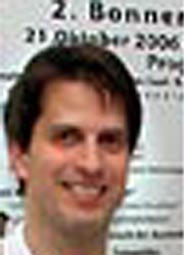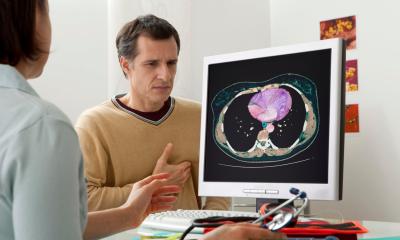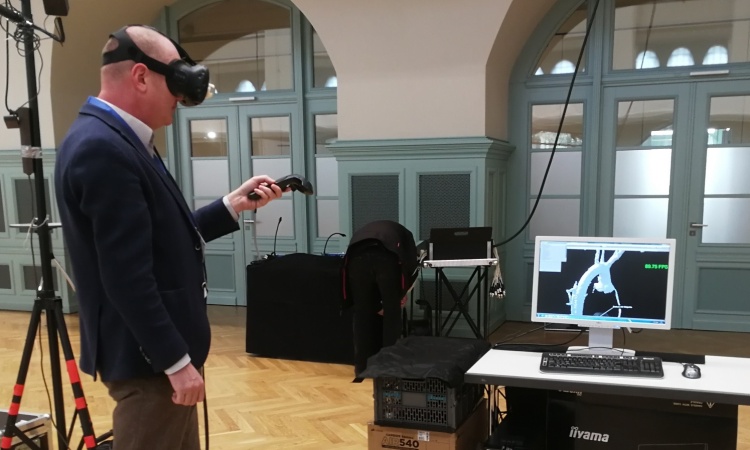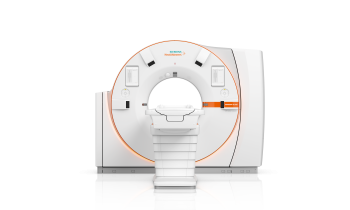Networking cardiovascular imaging
There is no lack of IT and software solutions for putting digitisation and networks into practice; however, many hospitals wonder how the implementation will work in practice and whether the investment will prove successful.

At the 6th eHealth Forum, held in Bonn this October, Dr Jochen Textor, Head of the Department for Radiology, Interventional Radiology and Neuroradiology of the Cardiovascular Centre at the Gemeinschafts hospital, Bonn, reported interdisciplinary developments that originated from the separate departments of radiology, cardiology and vascular surgery. Asked about this, by Meike Lerner, he explained:
“Normally, several different medical disciplines are involved in the treatment of cardiovascular disease patients. Beginning with the general practitioner’s input, information must be focused and transparent across different medical fields and the care process. Hospitals can achieve this by setting up electronic patient records (EPR) as well as digital image evaluation and distribution of all images taken inside or beyond the hospital.
The development of structured treatment procedures is also very important for setting up centralised treatment facilities. This means the development of individual specialist departments right down to work in areas such as disease management. Such a development, which starts with networking individual work stations and individual departments, then culminates in networking individual hospitals, cannot be achieved in a day. The EPR, for example, was introduced at the Gemeinschafts hospital in 2002, to make patients’ files available to doctors on all wards at all times. The EPR contains all diagnoses, scheduled examinations, laboratory results and doctor’s letters and everything is linked with accounting and controlling systems. Two years later we started digitalising radiology. Since then we have been storing all images taken during examinations centrally on a server and send them simultaneously to all relevant work-stations where they are required, such as to the radiology department, as well as wards and operating theatres.
A year after that we then developed an image archiving and communication system together with the Rheinische hospital. In the meantime, 40 other cooperative partners have become linked to this system. All patient data and images can be accessed from all locations - provided the doctor has been authorised in the system. The advantages are obvious: All images, results and diagnoses are available independent of time and location. This means that several doctors in different hospitals can simultaneously view images and results. The integration of imaging procedures into the system has significantly eased and improved the diagnostic process. There is an added advantage for patients, in that there is no need for repeat examinations, and images now cannot get lost.
All in all, we are looking at a significant time saving, and therefore cost saving, for everyone involved. The processes between different specialist departments and different hospitals are substantially simplified. This made digitisation a significant building block in the formation of the interdepartmental and ‘interhospital’ Cardiovascular Centre at the Gemeinschafts hospital Bonn, which was recognised and certified by the German Society for Vascular Surgery in September 2006. The investment costs are definitely justified.”
14.11.2006











